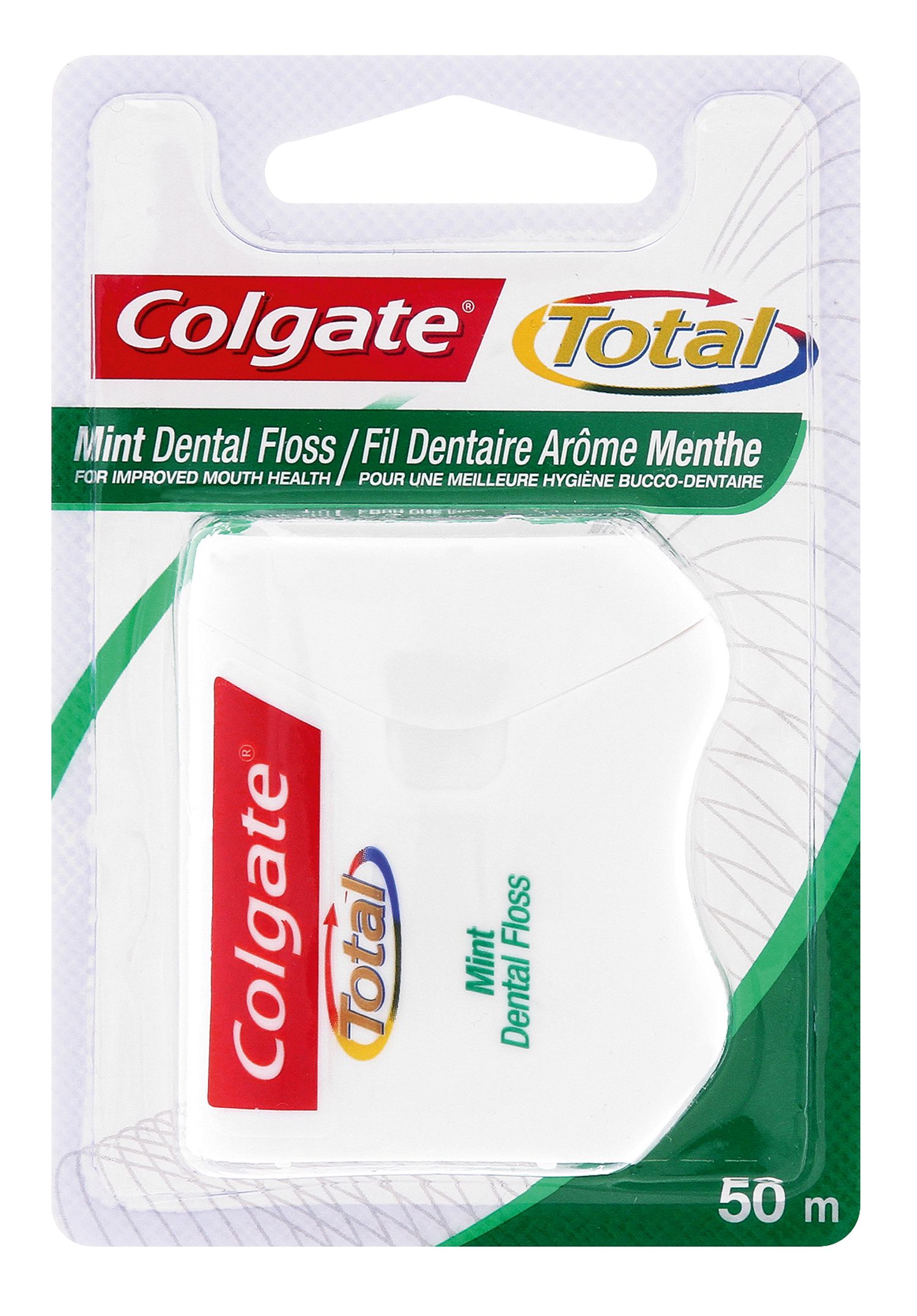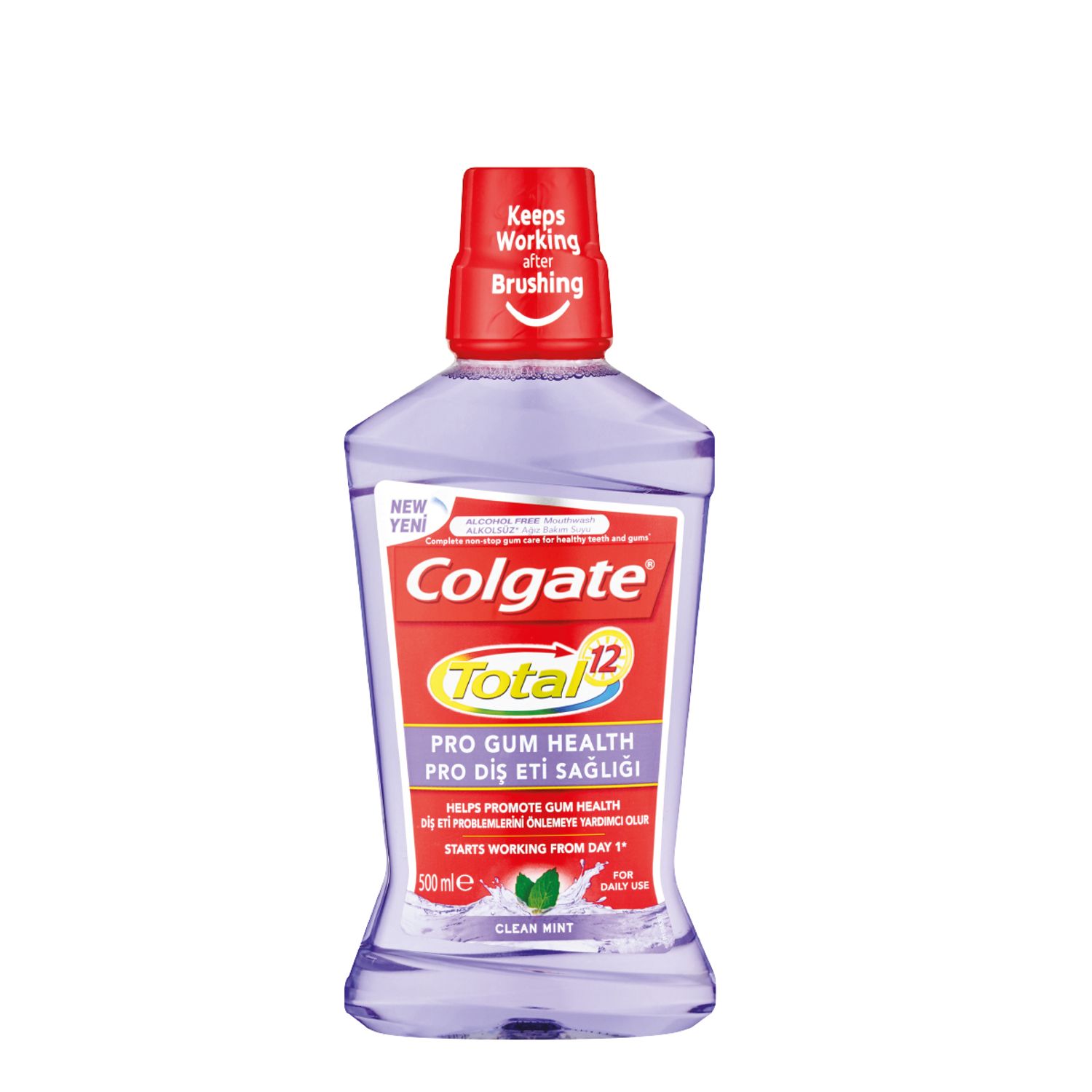-
-

CAVITIES
Can You Heal A Cavity At Home?You feel a sharp pain when you bite down or try to eat. You think it's a cavity, but you're not 100 percent sure...

BAD BREATH
How To Cure Bad BreathMore commonly known as bad breath, halitosis is an embarrassing hygiene issue that nobody wants, but some of us get every now and then...
-
Science & Innovation
- Colgate® | Toothpaste, Toothbrushes & Oral Care Resources
- Oral Health
- When Ear and Jaw Pain Indicates TMJ


Facial pain can have non-dental causes, but ear and jaw pain – especially in the area of the joint just below the ear – is often a sign of a temporomandibular disorder (TMD).
Types of TMD
Also known as TMJ, this condition is divided into three broad categories:
- Pain and functional issues directly related to the joint itself.
- Pain from the muscles supporting the head and neck.
- Pain from a physical derangement in the area of the joint.
The etiology is fairly subjective for pain and joint problems, though. Bite alignment, tooth-clenching, tooth-grinding, trauma, deep muscle pain, degeneration of the joint, stress and similar emotional issues are all possible culprits.
Who to See About It
There is no recognised dental speciality for TMD and TMJ. Some universities have formal training programmes for dentists most involved in facial pain. Many dentists pursue this area out of patient needs that demand proficiency in treating these problems. Depending on the complexity of your condition, however, multiple dentists with different skills may be required.
Acute and Chronic Pain
It's not unusual to experience an acute episode of TMD, which can result in limited jaw opening, pain upon chewing, feeling that your teeth do not properly meet, and head or neck pain that radiates to the ear. In some patients, the problem develops into a chronic situation. Chronic or ongoing pain can be difficult to diagnose and may require more involved treatment to improve.
Treatment
Conservative and reversible treatment should always be explored first, even for a condition that is deemed chronic. This may include just giving your body time to heal itself. Anti-inflammatory medications and a softer diet can follow. Nonetheless, a night guard may be needed if signs of clenching and grinding are noticeable as a potential cause of the problem.
Individuals who suffer from TMD still need to maintain good oral hygiene to prevent other dental problems from compounding the issue. To ensure you are recovering well, brush with toothpaste for sensitive teeth – especially if your condition is related to grinding, which can wear your molars' surface over time. Rest assured that there is hope for patients who suffer from ear and jaw pain, even if it leads to a temporomandibular joint disorder later on.
Related Products

Helping dental professionals
More professionals across the world trust Colgate. Find resources, products, and information to give your patients a healthier future











